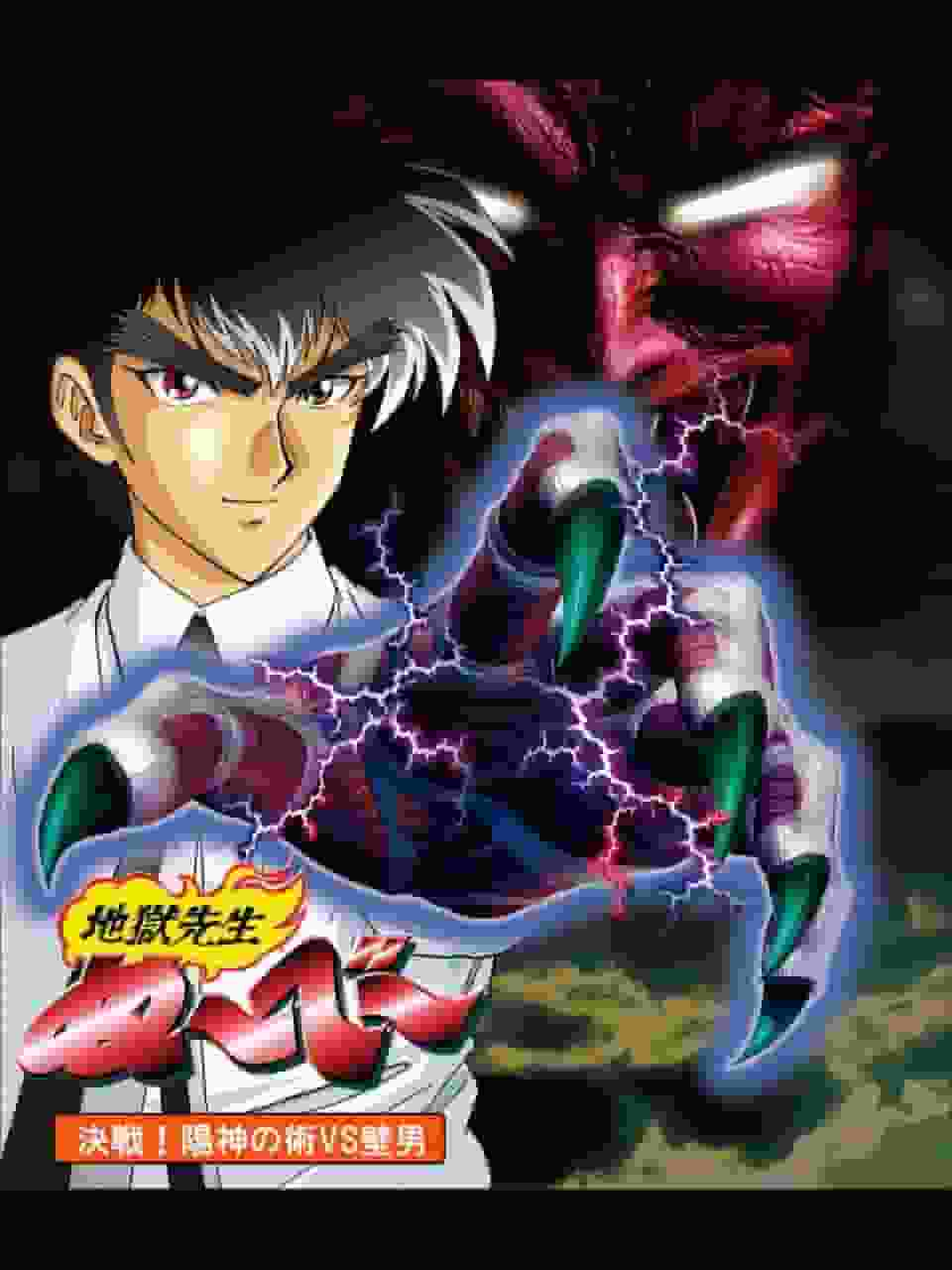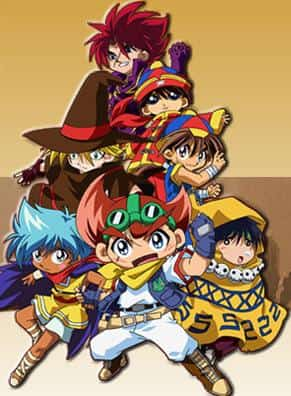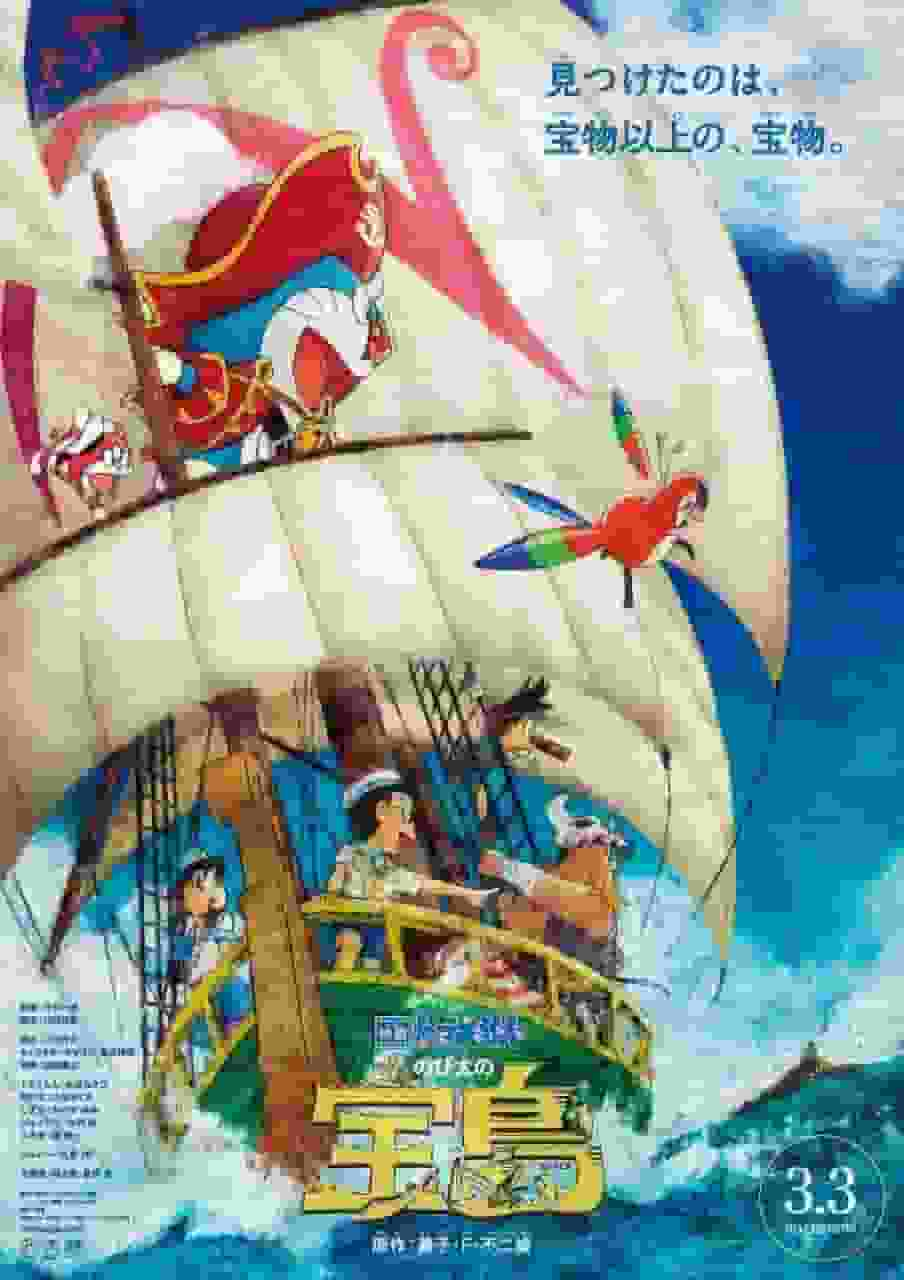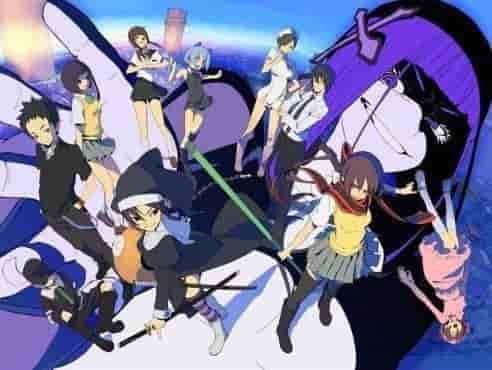The moving story of the anime "I Will Never Forget That Day," which depicts the Great Hanshin-Awaji Earthquake, has been highly praised.

The Great Hanshin-Awaji Earthquake I will never forget that day.January 17, 1995, 5:46 AM. The Great Hanshin-Awaji Earthquake shook Japan and changed the lives of many people forever. The animated film "The Great Hanshin-Awaji Earthquake: I Will Never Forget That Day," which depicts this tragic event, was released on May 10, 1995, just four months after the disaster. This film is considered an important medium for preserving the memory of the disaster and passing it on to future generations. storyThis film tells the story of a victim of the Great Hanshin-Awaji Earthquake, who recalls the days of the disaster and reaffirms his ties with his family and friends. Amid the fear and confusion of the disaster, the protagonist reexamines the meaning of his own life. By depicting the process from just after the disaster to the recovery, the film conveys to viewers the real experience of the disaster. The story begins from the protagonist's point of view. It begins with a scene of the morning of the disaster, when he is startled by the sudden shaking and evacuates with his family. The story depicts his life in the evacuation shelter, his reunion with friends, and the gradual recovery of the town. Through his experience of the disaster, the protagonist comes to understand his own strengths and weaknesses, and deepens the bonds with his family and friends. characterThe main character is a victim of the disaster, but he never loses hope and lives a positive life. His family and friends are also affected by the disaster, but they support each other and get back on their feet. The main character's mother is particularly impressive as she struggles to protect her family. Through his interactions with his friends, the main character is able to feel his own personal growth. BackgroundThis film was released just four months after the disaster, so the production time was very short. However, in that short time, the production team conducted numerous interviews in the affected areas and with the victims in order to portray the real experience of the disaster. The director decided to make this film so that memories of the disaster would not fade. Thanks to the efforts of the production team, the real experience of the disaster was conveyed to the audience. Animation and MusicThe animation of this movie is drawn with a realistic touch to depict the real experience of the earthquake disaster. In particular, the scenes of the earthquake disaster are realistically depicted with the shaking and collapse. In addition, serious tunes were chosen for the music to enhance the atmosphere of the earthquake disaster. Different music is used for each scene to reflect the feelings of the main character. Evaluation and impactThis film was made to ensure that memories of the disaster do not fade away, and was highly praised by many people. In particular, it resonated with victims and their families as it portrayed the real experiences of the disaster. This film is also positioned as an important medium for passing on memories of the disaster to future generations. Even now, more than 20 years after the disaster, this film is still seen by many people. Reasons for recommendation"The Great Hanshin-Awaji Earthquake: I Will Never Forget That Day" is an important work that was produced to ensure that memories of the disaster do not fade away. By depicting the real experience of the disaster, it conveys to viewers the fear and hope of the disaster. It also moves viewers by depicting the protagonist's growth and the bonds with family and friends. This is a film that should be seen by all in order to pass on the memory of the disaster to future generations. Related informationThis film was released in theaters on May 10, 1995. The production period was very short, as the release date was only four months after the disaster. The film was released in theaters, and there is no original media. It only has one episode, and was made to keep the memory of the disaster alive. This film is being shown in many schools and public facilities to pass on the memory of the disaster to future generations. Also, events to screen the film are being held in the areas affected by the disaster, providing an opportunity to hear the voices of the victims. This film will continue to be seen by many people in the future so that the memory of the disaster does not fade away. This film is extremely important in order to ensure that memories of the disaster do not fade away. By depicting the real experience of the disaster, it conveys to the audience the fear and hope of the disaster. It also moves the audience by depicting the protagonist's growth and the bonds with family and friends. This is a film that everyone should definitely see in order to pass on the memory of the disaster to the next generation. |
>>: The appeal and reviews of "Boo-Ba-Ga": Exploring the deeper world of anime
Recommend
The appeal and reviews of PuriPuri Chi-chan!!: A thorough explanation of the cute characters and the depth of the story
The appeal and evaluation of "PuriPuri Chi-c...
New Snow White actress responds to controversy: I'm excited to be a Latin princess
Since Disney officially announced that the live-a...
Minions 2 is officially set! Focusing on the origin story of the villain "Gru"
According to Deadline, the sequel to the "De...
New stills of the movie "Uncharted" are released, and Holland looks solemn
The movie adapted from the famous adventure game ...
The comedy comic "Me and the Robot" theatrical version is officially in production and will be released on April 18, 2025
The comic work "Me and the Robot" creat...
Review of "Spirit Sword Mountain: Qualification for Wisdom": An anime that combines fun and depth
"Sacred Sword Mountain: Qualification for Wi...
"A Certain Scientific Railgun" popular character Misaka girl new model sexy beautiful glasses girl
A new figure of Misaka girl, a popular character ...
Feng Xiaogang's "Only Yun Knows" releases trailer again, Xu Fan's crying scene is touching
Today (December 19), a special trailer for Feng X...
The movie "Nine-story Demon Tower" was finally found to have infringed copyright, and the author of "Ghost Blowing the Light" was awarded 50,000 yuan in compensation
On August 10, it was reported that the movie &quo...
The live-action series "Loki" will be released on Disney+ on June 11
Disney+ has officially announced the premiere dat...
Letter to Mother: Evaluating the shortest moving story in Japan
A letter to your mother - The shortest letter to ...
The new photo of the heroine of the live-action movie "The Little Mermaid" shows her beautiful figure!
Recently, Halle Bailey, who played the Little Mer...
Concept art of the animated film "Legend of Nezha: The Dragon and the Subway" adapted from Ma Boyong's novel
Recently, the animated film "Legend of Nezha...
TV anime "Beastiality" themed T-shirts will be released in Japan on June 27
Today (June 23), the TV animation "Beastiali...
The appeal and evaluation of the re-edited version of Uma Musume Pretty Derby ROAD TO THE TOP
A comprehensive review and recommendation of Uma ...









